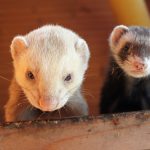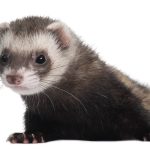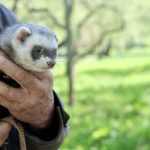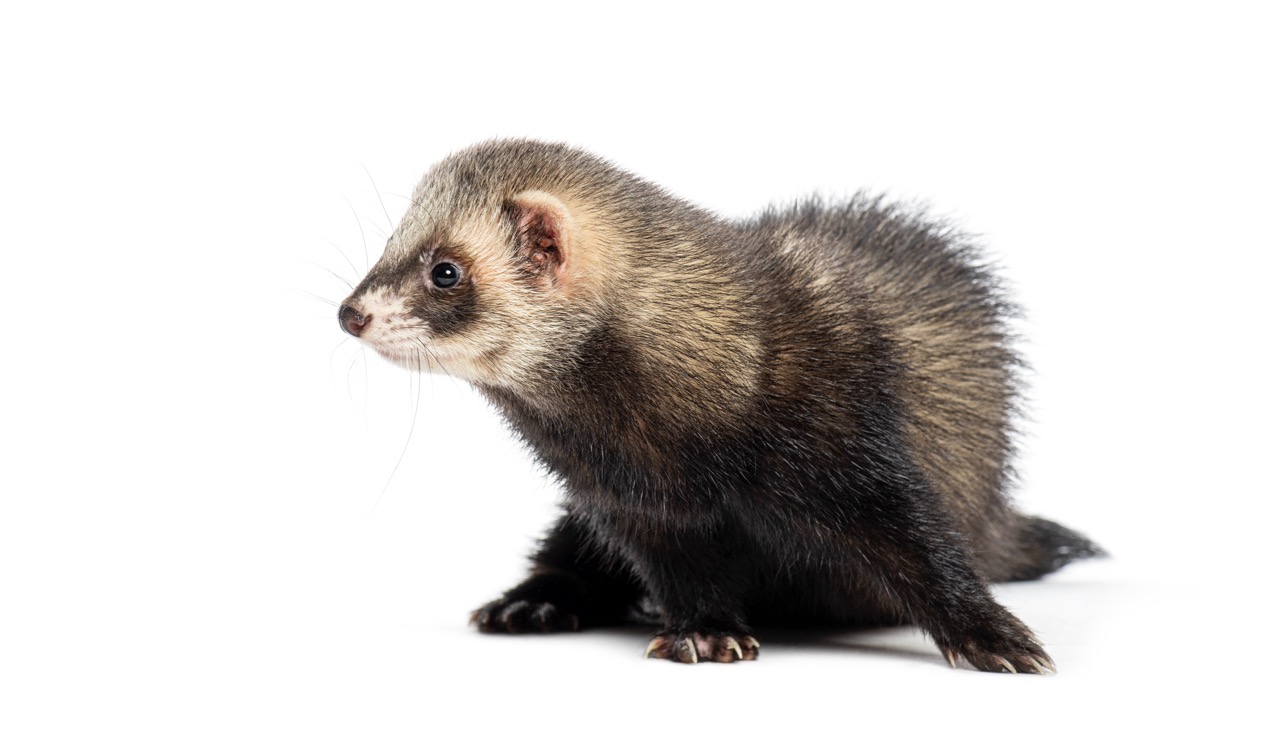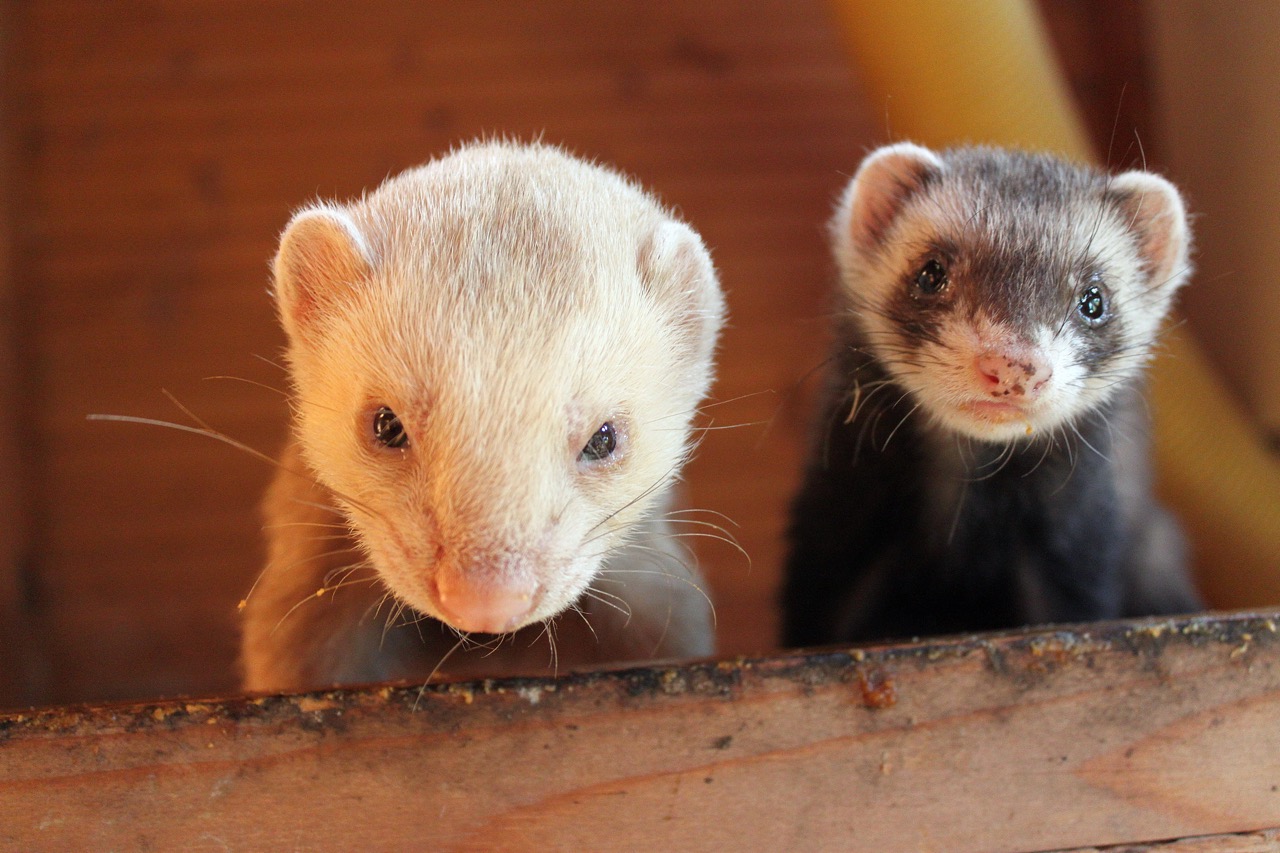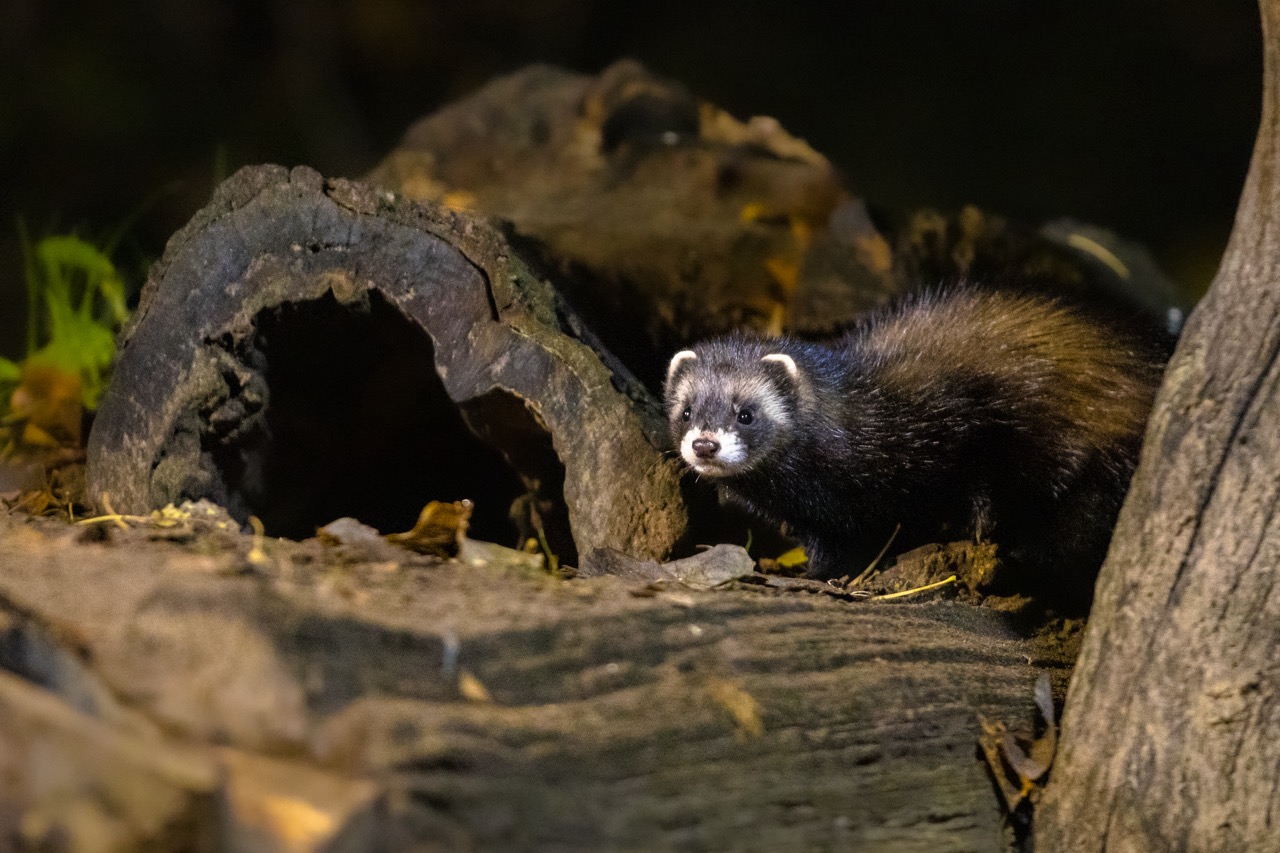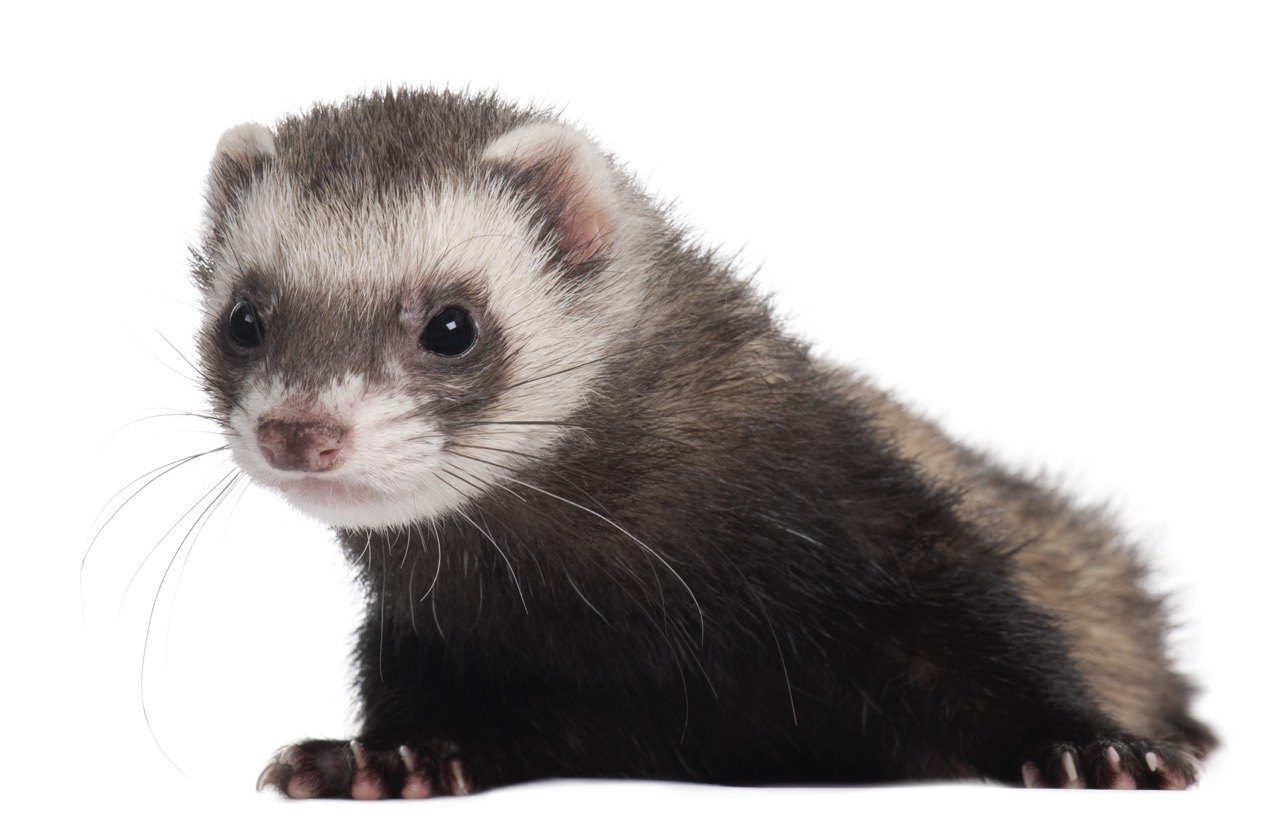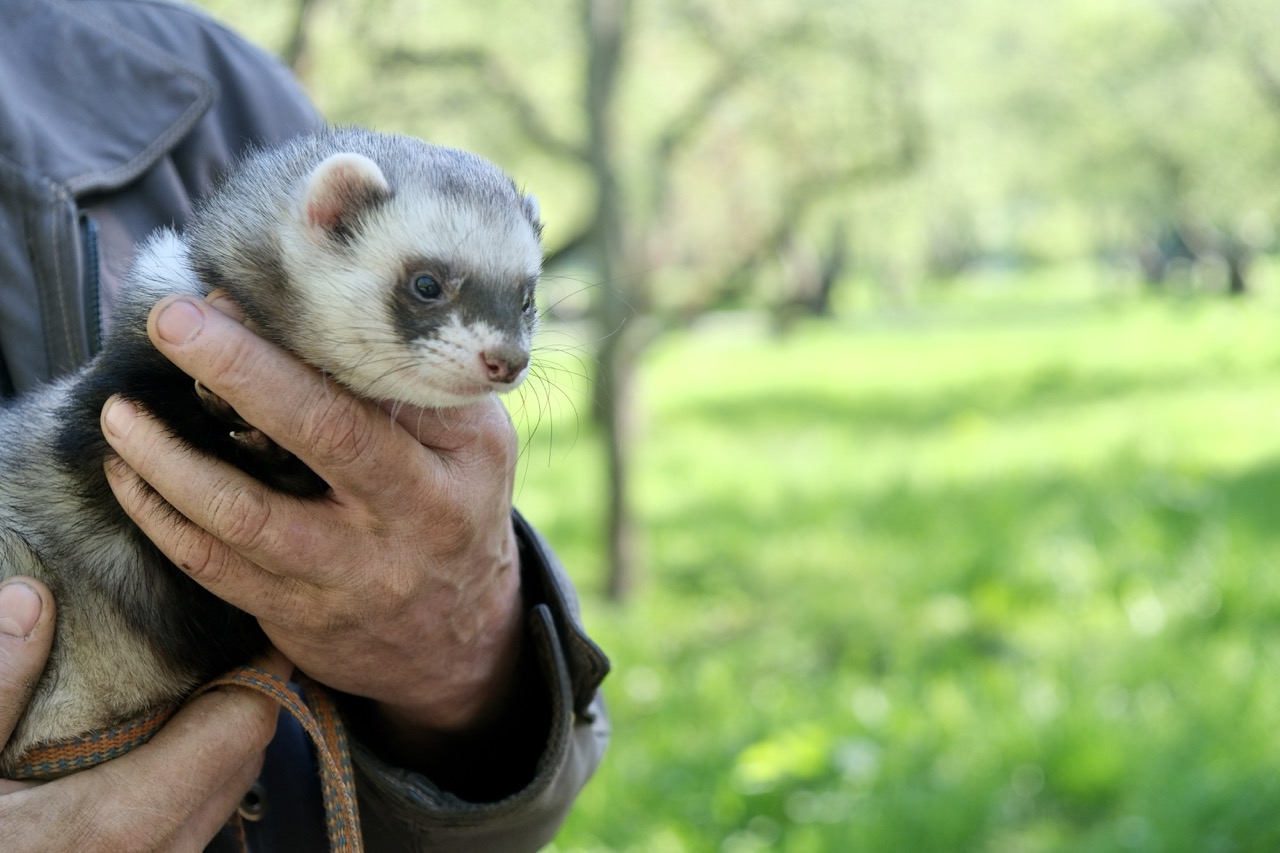Ferrets, known for their playful and curious nature, have unique reproductive cycles that are essential for understanding their breeding behavior. The estrus cycle in female ferrets, commonly known as jills, and the mating behaviors of male ferrets, or hobs, are both influenced by hormonal changes and environmental factors. This article explores the intricacies of ferret reproduction, including the dynamics of the female estrus cycle, the mating rituals of males, the hormonal influences at play, and best practices for managing breeding in a domestic setting. By understanding these factors, ferret owners and breeders can ensure the health and well-being of their animals.
Understanding the Female Ferret Estrus Cycle Dynamics
The female ferret’s estrus cycle is a complex physiological process that typically occurs seasonally, primarily in spring and early summer. The cycle lasts about 2 to 3 weeks and can be divided into several stages: proestrus, estrus, and diestrus. During proestrus, which lasts approximately 1 to 2 weeks, the jill’s body prepares for potential mating by increasing estrogen production. This leads to physical changes, such as swelling of the vulva and increased restlessness, signaling her readiness to mate.
Estrus, or heat, is the period when the female is most receptive to male ferrets. It can last anywhere from 3 to 14 days, during which she may exhibit behaviors like vocalizations, increased affection, and an eagerness to seek out mating opportunities. It’s important to note that if a jill does not mate during this cycle, she may experience a prolonged state of estrus, which can lead to health complications due to high estrogen levels, including aplastic anemia. For this reason, understanding the timing of estrus is crucial for ferret health management.
Post-estrus, the female enters the diestrus phase, which may last for about 2 months if she becomes pregnant. If not, she will eventually return to proestrus and the cycle will repeat. It is essential for ferret owners to monitor their jills closely during these phases, as behavior and physical changes can indicate their reproductive status. A well-informed owner can better ensure the health of their ferrets and make appropriate decisions regarding breeding or spaying to prevent health risks associated with prolonged estrus.
Male Ferret Mating Behaviors: Patterns and Rituals
Male ferrets exhibit distinct mating behaviors that are influenced by the presence of a female in heat. When a hob detects a jill in estrus, he becomes more active and may display behaviors such as vocalizations, marking territory with scent, and increased interest in exploring his environment. These behaviors are driven by the need to attract the female and establish dominance over potential rivals. Male ferrets are known to engage in a ritualistic courtship that involves a series of physical displays, including chasing and playful wrestling, which further entice the female.
During mating, hobs may exhibit behaviors such as mounting and biting the scruff of the female’s neck. This action is instinctual, mimicking the behavior of wild ferrets and ensuring successful copulation. The mating process can be quite brief, lasting only a few minutes, but it may occur multiple times over several days if the female remains receptive. The duration and frequency of mating can vary based on the individual animals and environmental conditions, and it is essential to monitor these interactions to ensure the safety and well-being of both the male and female ferret.
After mating, male ferrets typically exhibit a more relaxed demeanor, having fulfilled their biological imperative. However, it is crucial for owners to keep a close watch on the pair, as aggressive behaviors can sometimes emerge, especially if multiple males are present. Understanding these mating behaviors can help ferret owners create a harmonious breeding environment and manage potential conflicts, ensuring a safe and healthy process for all involved.
The Role of Hormones in Ferret Reproduction
Hormones play a pivotal role in regulating the reproductive cycles of ferrets. In female ferrets, estrogen is the primary hormone driving the estrus cycle. High levels of estrogen stimulate the physical and behavioral changes associated with proestrus and estrus, making the jill receptive to mating. Conversely, if a female ferret does not mate, prolonged exposure to elevated estrogen levels can lead to serious health issues, including the risk of anemia. Therefore, it is essential for owners to consider spaying as a preventative measure if breeding is not intended.
In male ferrets, testosterone levels also increase in response to the presence of a female in heat. This hormone drives many of the mating behaviors observed, such as increased activity levels, territorial marking, and courtship rituals. The balance of testosterone is crucial for male ferrets, as it influences their social dynamics and overall behavior. A high testosterone level can sometimes lead to aggressive tendencies, especially in males competing for mating opportunities, emphasizing the need for careful monitoring during the breeding season.
Understanding the hormonal influences on ferret reproduction helps owners make informed decisions about breeding and health management. Recognizing the signs of hormonal fluctuations, such as changes in behavior or physical condition, can facilitate timely veterinary interventions and promote the well-being of both male and female ferrets. Ultimately, awareness of these hormone-driven processes is key to successful ferret breeding and care.
Managing Breeding: Best Practices for Ferret Care
When considering breeding ferrets, responsible ownership is paramount. One of the first steps is to ensure that both the male and female ferrets are in good health, free of genetic defects, and appropriately socialized. Prior to breeding, potential breeders should conduct veterinary checks to rule out any health issues that could affect the mating process or the health of the kits. A good diet, regular exercise, and a clean living environment contribute positively to the overall well-being of the ferrets, setting the stage for successful breeding.
Timing is also critical when managing breeding. Owners need to track the female’s estrus cycle closely to ensure mating occurs at the optimal time. This involves observing behavioral signs indicative of heat and understanding the duration of the estrus phase. For those who are inexperienced with breeding ferrets, it may be beneficial to consult with a veterinarian or an experienced breeder to develop a breeding plan that minimizes risks and promotes healthy outcomes.
Finally, after successful mating, it’s essential to prepare for the arrival of kits. This includes creating a safe and comfortable nesting area for the jill, as she will need a quiet space to give birth and care for her young. Furthermore, education on the proper care of kits and the role of the jill in nurturing them is vital. New ferret owners should be prepared for the responsibilities that come with breeding, ensuring they have the resources, knowledge, and commitment to provide the best possible care for both the adult ferrets and their offspring.
In conclusion, understanding the reproductive cycles of ferrets, particularly female estrus and male mating behaviors, is crucial for any ferret owner or breeder. By comprehending the dynamics of the estrus cycle, the mating rituals of males, and the hormonal influences that govern these processes, ferret enthusiasts can promote the health and well-being of their animals. Moreover, responsible breeding practices are essential to ensure that both the adult ferrets and their potential offspring receive proper care. With informed management, ferret owners can cultivate a safe and healthy breeding environment that allows these delightful creatures to thrive.
